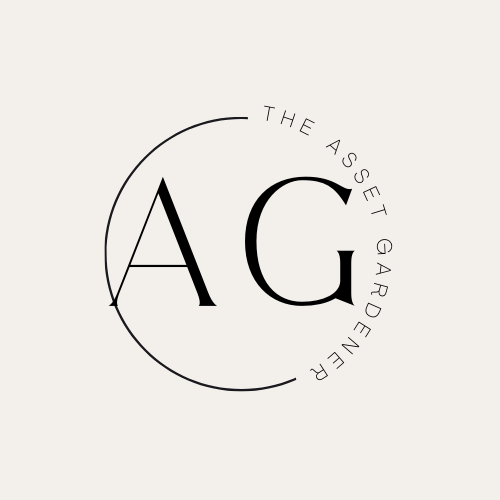
Understanding the Global Economic Climate in 2025
As the second quarter of 2025 approaches, the global economic landscape is marked by a blend of resilience and uncertainty. Entrepreneurs, small business owners, and investors must navigate this complex environment shaped by geopolitical tensions and evolving trade tariffs. Recent reports indicate that while inflation rates are decreasing, the long-term effects of these tariffs on market dynamics remain unpredictable.
Exploring Mixed Economic Signals
The current data reveals a stark contrast in economic performances across major regions. The United States stands out with a projected growth of 2.7%, driven mainly by sturdy consumer spending and significant capital investment. However, the euro area and China face headwinds, with the IMF forecasting just 1.0% growth for Europe as it grapples with uncertainty, and China’s growth slowing to about 4.5%. In this divergent context, understanding the implications of these shifts is crucial for entrepreneurs aiming to expand their operations or invest wisely.
The Impact of Tariffs on Entrepreneurs
The introduction of new global tariffs, including a 10% tariff imposed by the Trump administration, has raised significant concerns among business owners and investors. The average tariff on Chinese goods has surged to an unprecedented 54%. As a result, many regional markets, particularly in Eastern Europe and Mexico, are now facing a decline in trade demand, affecting small businesses and freelancers alike.
Navigating Inflationary Trends
Inflation rates in the U.S. have eased to 2.8%, signaling recovery and offering a crucial opportunity for entrepreneurs to capitalize on lower prices. Conversely, with inflation below 1% in China, companies reliant on Chinese goods may face additional pressure. Understanding these inflation trends can help small businesses adjust pricing strategies and inventory management effectively.
Strategic Insights for Business Leaders
In the face of uncertainty, entrepreneurs can strategize by focusing on risk management and fostering local supply chains. Additionally, diversifying investments and exploring markets less affected by geopolitical tensions can offer insulation against economic shocks. For instance, tapping into emerging markets like India, which continues to grow at 6%, may present new opportunities as developed economies face stagnation.
In summary, 2025 poses both challenges and opportunities for the global economy, driven largely by tariffs and geopolitical upheaval. For entrepreneurs and small business owners, having a proactive approach—rooted in an understanding of these economic dynamics—will be essential for thriving in this unpredictable climate.
 Add Row
Add Row  Add
Add 




Write A Comment